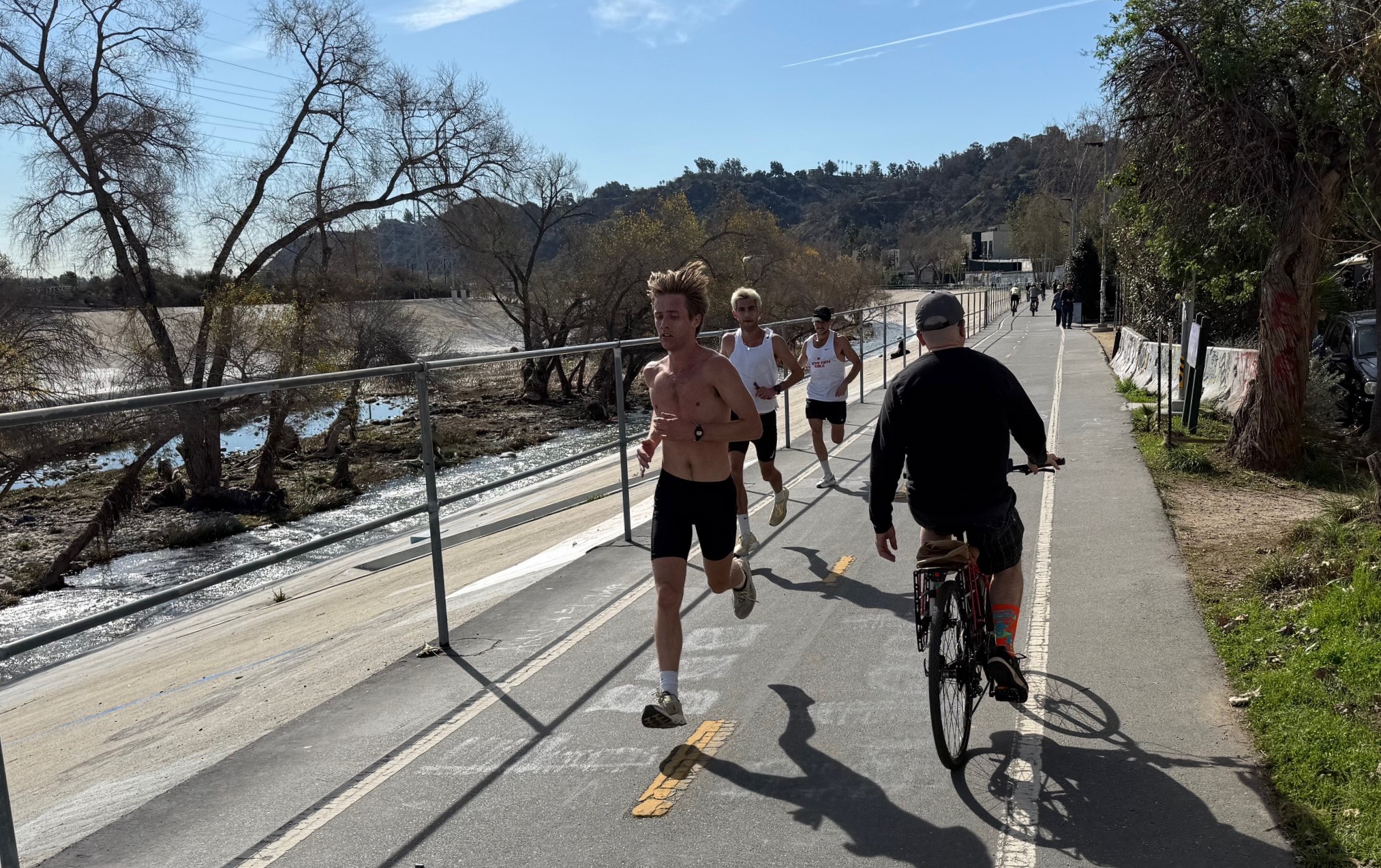
CEQA Standards Require Projects to Provide Adequate Car Parking. However, that May Change.
Recently, Governor Schwarzenegger has come under fire for calling on President Obama to relax environmental rules to help stimulate the economy. However, new proposed environmental standards may finally be changing the way the government looks at transportation and development.
Anytime a development requires a permit from the state government, it must meet certain standards under the California Environmental Quality Act. Critics have charged that the CEQA standards, because of the state's seeming belief that the number of cars on the road has little to do with pollution standards. However, the new proposed rules seem to start going back on that theory by eliminating state parking requirements and motorized Level of Service requirements. Could the state finally be pulling back from its car culture planning paradigm?
After the jump, you can see the proposed changes. If you want to let the state know how much you like the proposed regulations, you can send comments to CEQA.GHG@opr.ca.gov, but make sure you do it by the close of business on Monday, July 26. For a full list of all the changes, click here.
XVI. TRANSPORTATION/TRAFFIC -- Would the project:
a) CauseResult in a substantial increase in
an increase in traffic which is substantial in relation to the existing
traffic load and capacity of the street system (i.e., reitherthe number of vehicle trips, the volume to capacity ratio on the roads, or congestion at intersections) roadway vehicle volume or vehicle miles traveled?
b)
Exceed, either individually or cumulatively, a level of service
standard established by the county congestion management agency for
designated roads or highways?
cb) Result in
a change in air traffic patterns, including either an increase in
traffic levels or a change in location that results in substantial
safety risks?
dc) Substantially increase
hazards due to a design feature (e.g., sharp curves or dangerous
intersections) or incompatible uses (e.g., farm equipment)?
ed) Result in inadequate emergency access?
f) Result in inadequate parking capacity?
ef) Conflict with adopted policies, plans, or programs supporting alternative transportation (e.g., bus turnouts, bicycle racks)?
Photo: Timothy Felsrow/Flickr






